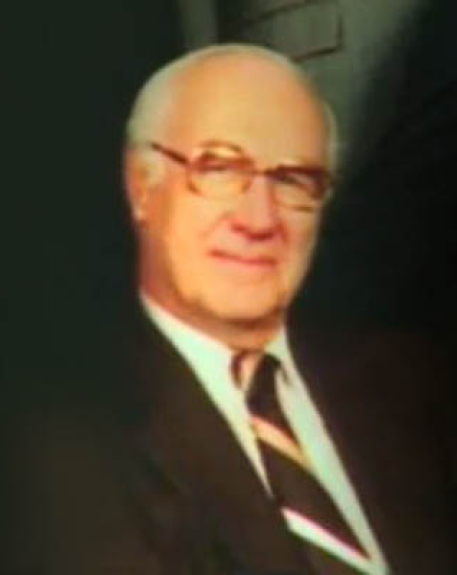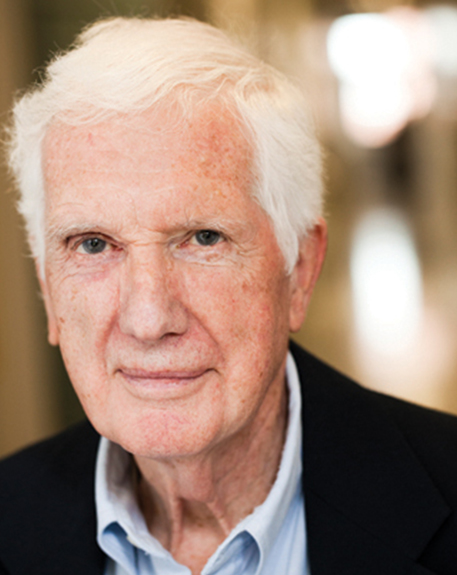2006 INDUCTEE John S. McEachern, MD Leadership in Organizational Development, Public Health, Health Promotion & Advocacy, Cancer
April 16, 1872
(Stayner, Ontario)
December 12, 1947
MD, University of Toronto (1897)
1938: FNG Starr Medal, Canadian Medical Association
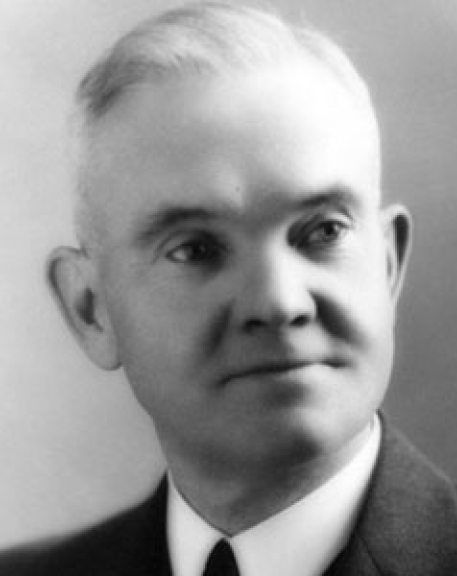
Developed the CMA into a national organization
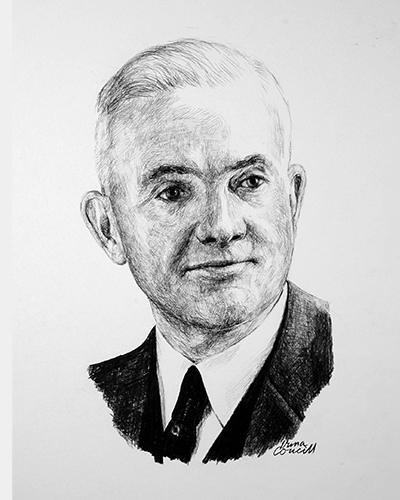
A builder of Canada’s framework of national medical collaboration and an advocate for cancer research
A surgeon by training, Dr. John S. McEachern became a tireless advocate for the Canadian Medical Association (CMA) and is credited with presenting the plan that rescued the CMA from near bankruptcy in 1921. In addition to this, he also participated in the drafting of the first principles for the CMA's Plan for Health Insurance in Canada (1932-1934). His leadership and vision persuaded the members of provincial medical associations to federate with the CMA, a process that was completed in 1938. Only then did it become the national voice of physicians in Canada.
Key Facts
Served as President of the CMA from 1934-1935
Led the CMA in their acceptance that the federal government had a responsibility to assist Canadians who could not afford medical insurance.
Highlighted the lack of national attention given to cancer diagnosis and treatment in Canada
Named the first honorary life member of the Canadian Cancer Society
Professional timeline
Impact on lives today
Dr. McEachern’s major contributions to medical organizations and cancer research still resound today. From a struggling organization, the Canadian Medical Association now has approximately 75,000 members. Long after the crisis meeting of 1921, the CMA continues to play an important advocacy role for its members and the community at large. This support was made especially clear during the COVID-19 pandemic. Since 1947, the Canadian Cancer Society has funded thousands of researchers and invested more than $1 billions dollars in cancer research. The impact of that funding has been monumental. According to the Canadian Cancer Society, in 1940s only 25% of cancer patients lived at least five years after their diagnosis. Now, approximately 60% of patients will survive, with the number raising to 90% for certain cancers.
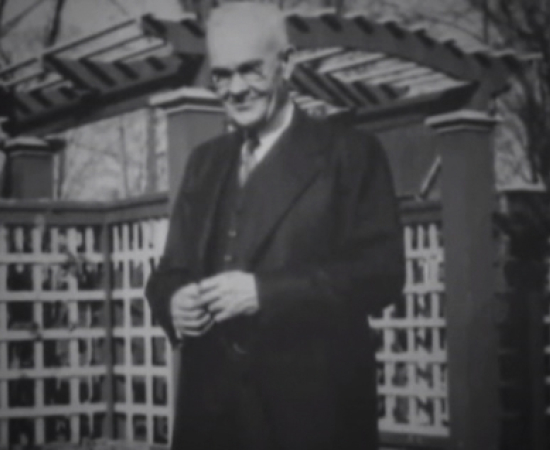
2006
-
John S. McEachern posthumously inducted into the Canadian Medical Hall of Fame
Edmonton, Alberta
-

The Alberta Cancer Research Laboratory was established at the University of Alberta’s Medical School
CancerThe lab was named after Dr. McEachern and operated until 1996.
-
The Canadian Cancer Society created the McEachern Memorial Cancer Research Scholarship Fund
The scholarship funded recipients for the next 50 years.
-
As president, Dr. McEachern oversaw the CMA’s policy discussion on government-assistance in health insurance
Leadership in Organizational DevelopmentThe CMA voted 78-0 in favour of a national health insurance plan.
-
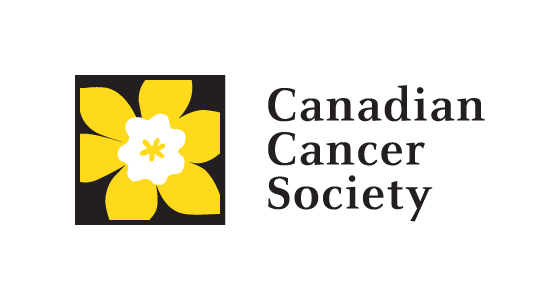
John S. McEachern was named the Founding President of the Canadian Society for the Control of Cancer
Leadership in Organizational Development, CancerThis committee was the forerunner of the Canadian Cancer Society.
-
Starting in 1931, the “McEachern Study Committee” reported to the CMA on the lack of national attention being given to cancer diagnosis and treatment in Canada
Leadership in Organizational Development, CancerThese problems included a shortage of radium for cancer treatment and the disorganized approach to the early detection and treatment of cancer. Almost single-handedly, he unified the provincial cancer committees into action.
-
The Canadian Medical Association faced bankruptcy and impending dissolution
Leadership in Organizational DevelopmentPassionate about the need for a national medical association, Dr. McEachern assembled a plan to save the CMA. By 1938, all provincial associations had agreed to federate.
-
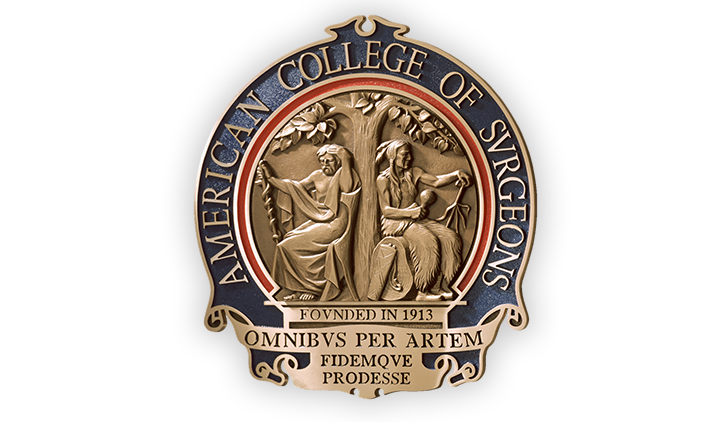
Awarded a fellowship by the American College of Surgeons
Leadership in Organizational DevelopmentWhile in the United States, he remained a respected leader. In 1924, he served as the American College of Surgeons’ Vice-President.
-
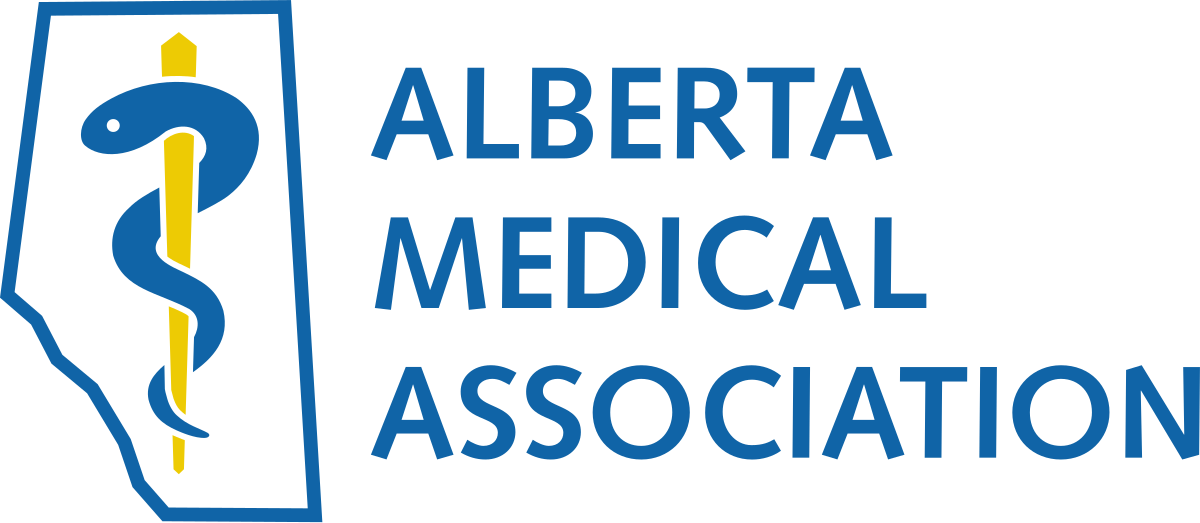
Served as the third President of the Alberta Medical Association
Leadership in Organizational DevelopmentThis experience was an early sign of his long career in medical leadership.
-
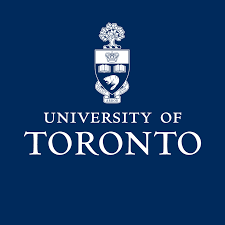
Graduated from medicine at the University of Toronto in 1897 and pursued a year of surgical studies in England
Upon his return to Canada, he moved to Calgary.
1897
He could very simply articulate a vision.

